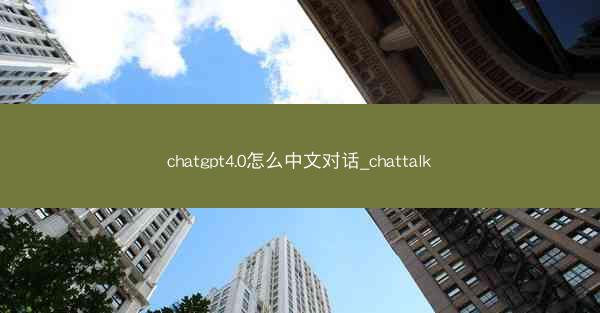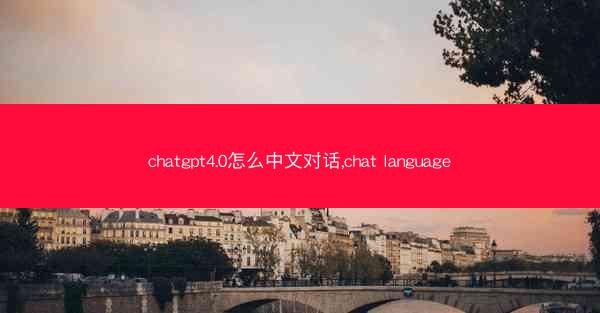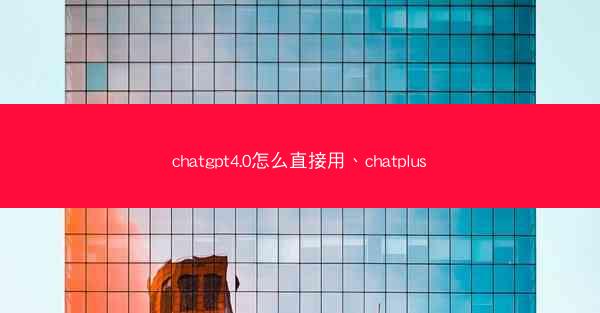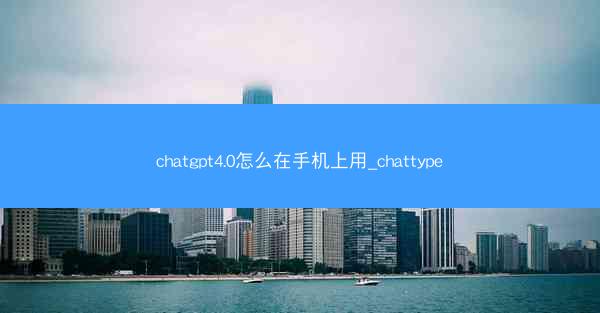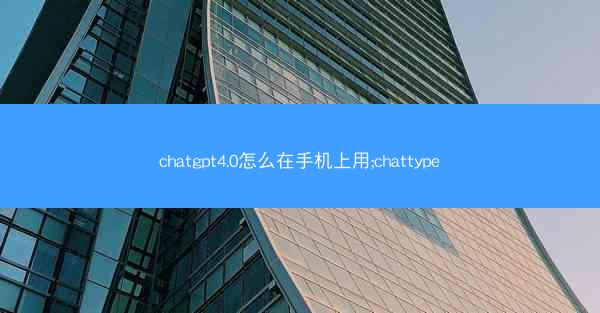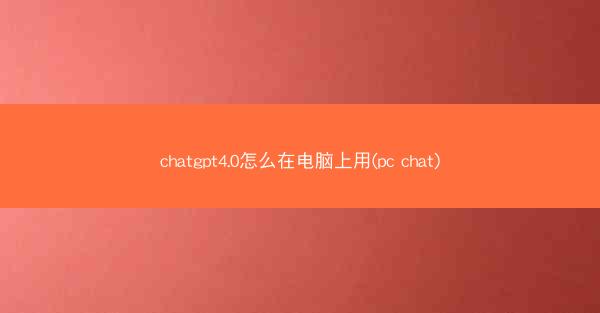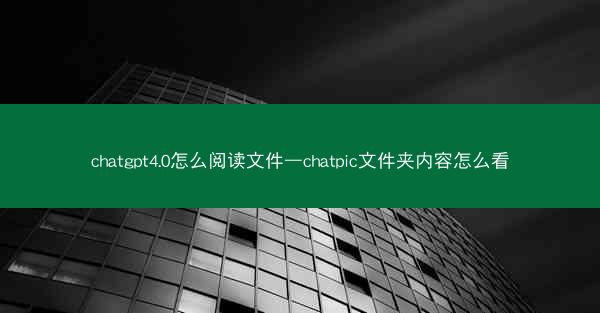
The Revolution of VGGNet Translation with Chat GPT: A Deep Dive into AI's Linguistic Power
In the era of artificial intelligence, the translation of complex technical documents has become more accessible than ever. With the advent of Chat GPT, a state-of-the-art language model, translating intricate papers like VGGNet has become not just feasible but also efficient. This article explores how Chat GPT revolutionizes the translation process, ensuring accuracy and preserving the nuances of the original text. Join us as we delve into the wonders of AI-driven translation and its impact on the field of computer vision.
---
The Rise of Chat GPT in Translation
The integration of Chat GPT into the translation process marks a significant leap forward in the field of language technology. Unlike traditional machine translation systems, Chat GPT leverages deep learning to understand and generate human-like text. This capability makes it particularly adept at translating technical papers, where context and precision are paramount. Let's explore how Chat GPT's advanced language processing abilities have transformed the translation of VGGNet.
1. Understanding the Context:
- Natural Language Processing: Chat GPT's NLP capabilities allow it to comprehend the context of the text, ensuring that translations are not just literal but also contextually appropriate.
- Technical Terminology: The model is trained on vast amounts of text, making it proficient in recognizing and translating technical jargon specific to fields like computer vision.
- Consistency in Translation: By maintaining a consistent style and tone, Chat GPT ensures that the translated text reads smoothly and coherently.
2. Enhanced Accuracy and Precision:
- Error Reduction: The deep learning architecture of Chat GPT significantly reduces translation errors, especially in complex sentences and technical terms.
- Post-Editing Capabilities: While Chat GPT provides a high-quality translation, it can also be post-edited by human translators to fine-tune the nuances and ensure accuracy.
- Continuous Learning: The model learns from its interactions and feedback, continually improving its translation quality over time.
3. Efficiency and Speed:
- Rapid Translation: Chat GPT can translate large documents in a fraction of the time it would take a human translator, making it an invaluable tool for researchers and professionals.
- Scalability: The model can handle a vast array of documents, from short research papers to extensive technical reports.
- Cost-Effectiveness: By automating the translation process, organizations can save on translation costs while maintaining high-quality output.
---
The Impact of AI-Driven Translation on VGGNet Research
The translation of VGGNet using Chat GPT has far-reaching implications for the field of computer vision. Here's how this technological advancement is shaping the landscape of research and collaboration.
1. Global Collaboration:
- Breaking Language Barriers: AI-driven translation enables researchers from different linguistic backgrounds to access and contribute to global research initiatives.
- Enhanced Communication: With accurate translations, international conferences and workshops can foster more meaningful discussions and knowledge exchange.
- Expanding the Audience: Translated research papers can reach a wider audience, including those who may not be fluent in the original language.
2. Accessibility of Knowledge:
- Democratizing Research: By making technical papers more accessible, AI-driven translation helps democratize knowledge and research findings.
- Educational Resources: Translated papers can be used as educational resources in classrooms and online courses, bridging the gap between advanced research and student understanding.
- Innovation and Development: Access to a broader range of research can lead to new ideas and innovations in the field of computer vision.
3. Future Prospects:
- Continuous Improvement: As AI technology advances, the quality of translations will continue to improve, making them even more reliable and efficient.
- Integration with Other Tools: Future developments may see AI-driven translations integrated with other research tools, creating a more comprehensive and user-friendly research environment.
- Ethical Considerations: With the increasing reliance on AI for translations, it's crucial to address ethical concerns related to data privacy and the potential displacement of human translators.
---
In conclusion, the translation of VGGNet using Chat GPT represents a significant milestone in the intersection of artificial intelligence and language technology. As this technology continues to evolve, it promises to unlock new possibilities for research, collaboration, and knowledge sharing in the field of computer vision and beyond.

